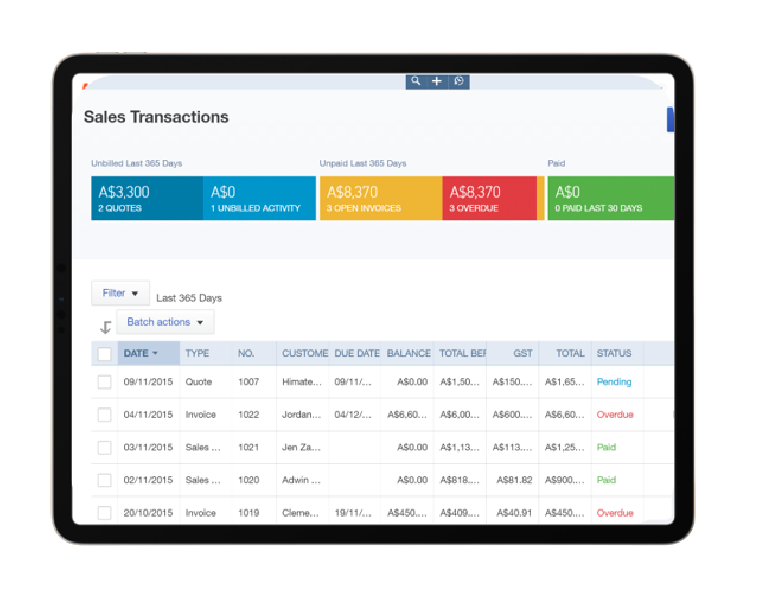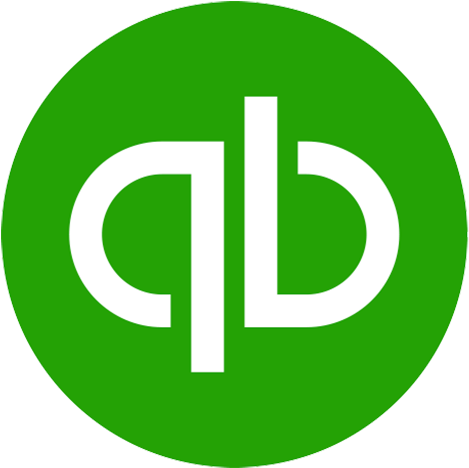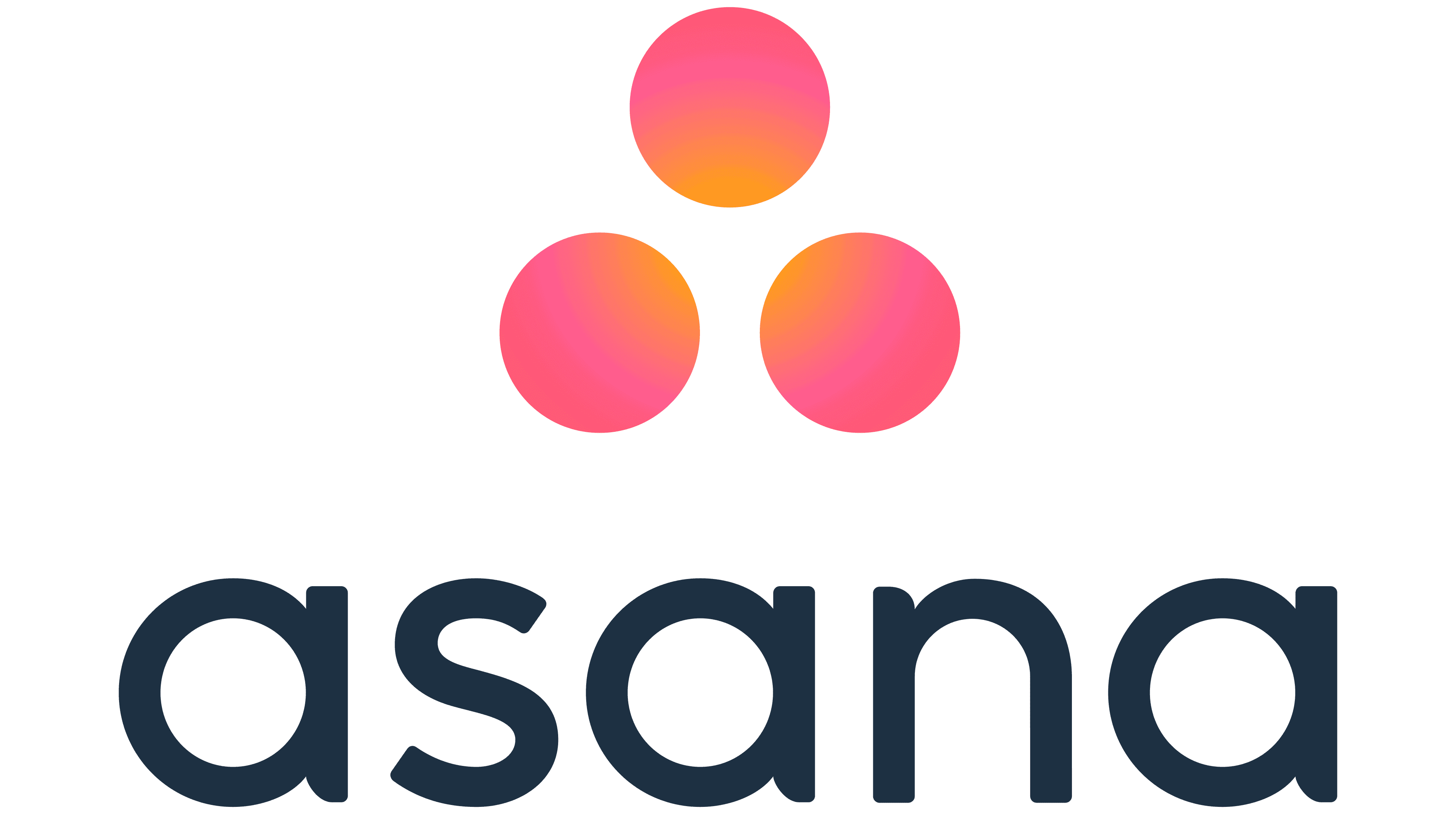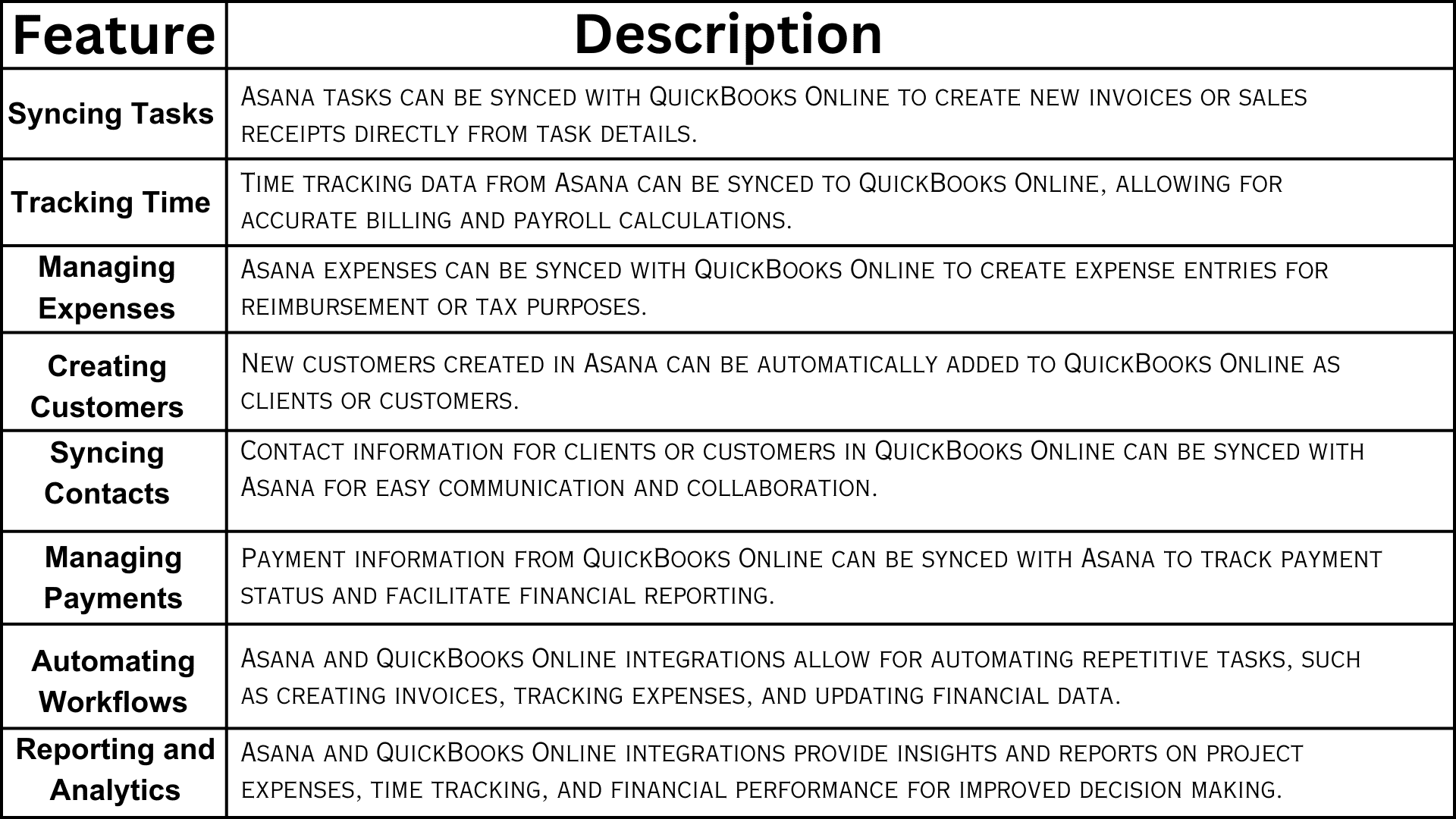
A
Asana Quickbooks Integration








If you are an Asana user who is looking for a way to improve your accounting process, then you should consider integrating Asana with QuickBooks. QBIS can help you to implement a successful integration solution that meets your specific needs.
Efficiency is the backbone of any successful business. Managing tasks, deadlines, and finances can be overwhelming, especially as your business grows. Fortunately, with the right tools and integration, you can optimize your workflow and streamline operations to achieve peak productivity. In this ultimate guide, we will explore the powerful synergy between two popular business software solutions: Asana and QuickBooks. We will delve into the benefits, features, instructions on how to integrate Asana and QuickBooks to supercharge your business processes and drive success.
Screenshots


Asana QuickBooks Integration: Streamline Your Project Tracking Efforts
Are you struggling to keep track of your projects, tasks, and expenses in separate platforms? Do you wish there was a way to seamlessly integrate your project management and accounting tools? Look no further! Asana and QuickBooks integration can be the solution you're looking for. This post will discuss the advantages of connecting Asana and QuickBooks for project tracking, give step-by-step instructions on how to do so, share best practices for using the integration successfully, and give instances of successful integration from real-world situations. So, let's dive in and learn how Asana QuickBooks integration can streamline your project tracking efforts and improve your overall productivity.
Benefits of Integrating Asana and QuickBooks for Project Tracking
Asana and QuickBooks are two popular tools used by businesses to manage projects and track expenses. While QuickBooks is an accounting program that enables businesses to track spending, generate invoices, and manage financial transactions, Asana is a project management tool that assists teams in planning work, collaborating, and meeting deadlines. When these two tools are integrated, businesses can leverage their combined functionalities to streamline their project tracking efforts and achieve greater efficiency. Here are some benefits of integrating Asana and QuickBooks for project tracking:
Real-time synchronization: Asana QuickBooks integration allows for real-time synchronization of project tasks, expenses, and financial data between the two platforms. This guarantees that project tracking data is always up-to-date because any changes made in one platform are automatically mirrored in the other.
Elimination of duplicate data entry: With Asana QuickBooks integration, you no longer have to manually enter project-related expenses in both Asana and QuickBooks. The integration eliminates duplicate data entry by automatically transferring expenses from Asana to QuickBooks, saving you time and reducing the risk of errors.
Better financial visibility: By integrating Asana and QuickBooks, you gain better visibility into the financial aspects of your projects. You can easily track project expenses, generate reports, and analyze financial data within QuickBooks, providing you with valuable insights to make informed decisions.
Improved collaboration: Asana QuickBooks integration promotes better collaboration among team members by allowing them to access project tasks, deadlines, and financial information in one central place.
Enhanced productivity: With Asana QuickBooks integration, you can streamline your project tracking efforts, automate repetitive tasks, and reduce manual errors. This ultimately leads to improved productivity and efficiency, allowing you to focus on more strategic activities.


Best Practices for Using Asana and QuickBooks Integration for Project Tracking
To make the most out of Asana QuickBooks integration, consider the following best practices:
Consistent data entry: Ensure that project tasks and expenses are consistently entered and updated in both Asana and QuickBooks to maintain accurate synchronization and reporting.
Regular data reconciliation: Periodically reconcile project-related data between Asana and QuickBooks to identify and resolve any discrepancies or errors.
Proper mapping of tasks and expenses: Set up proper mapping of project tasks and expenses to corresponding categories in QuickBooks to ensure accurate financial tracking and reporting.Clear communication among team members: To make sure that everyone understands how to utilize the integrated system and adhere to best practices, establish clear communication routes among team members.
Ongoing monitoring and optimization: Continuously monitor and optimize the integration settings based on your evolving project tracking needs and feedback from team members.
Regular training and updates: Provide regular training and updates to team members on how to effectively use the integrated system for project tracking, including any changes or updates to the integration settings or processes.
Common Challenges and Solutions when using Asana and QuickBooks Integration
Despite the advantages of Asana's QuickBooks integration, you can run into some difficulties. Here are some typical problems and potential solutions:
Data synchronization issues: Sometimes, project tasks or expenses may not sync properly between Asana and QuickBooks. To resolve this, double-check the integration settings, ensure that tasks and expenses are correctly mapped, and perform regular data reconciliation.
User errors in data entry: Inaccurate or inconsistent data entry in Asana or QuickBooks can cause discrepancies and errors in the integrated system. To mitigate this, provide training to team members on how to correctly enter and update project-related data in both platforms.
Compatibility issues with other apps: The performance of the integrated system may suffer from compatibility concerns if you use other third-party apps or integrations with Asana or QuickBooks. Ensure that all integrations and apps are current and work well together.
Limited customization options: to fit unique business needs: While Asana QuickBooks integration offers many customization options, some businesses may have specific requirements that are not fully supported by the integration. In such cases, consider consulting with a software developer or reaching out to customer support for potential solutions.
Complex workflows and processes: If your business has complex workflows or processes that involve multiple steps and dependencies, it may require additional setup and configuration in the integration app to ensure smooth data synchronization. Plan and test these workflows thoroughly to avoid any potential issues.
Data security concerns: Data security and privacy issues could arise during any integration that includes sharing data between platforms. Ascertain that the integration app complies with applicable data protection laws and adheres to best practices for data security, including the use of secure authentication procedures and routine access monitoring.
Limited support or documentation: Depending on the integration app, there may be limitations in terms of support or documentation available. In such cases, reach out to the app's customer support or community forums for assistance, or consider looking for alternative integration apps with better support options.
How Asana Quickbooks Online Integrations Work

FAQs
Does Asana integrate with QuickBooks?
Yes, Asana, the popular project management software, can integrate with QuickBooks, the widely used accounting software. This integration allows for smooth coordination between project management and accounting functions, streamlining the workflow and improving overall efficiency.
What accounting software integrates with Asana?
QuickBooks, Xero, Harvest, Zoho Books, and Wave are some of the accounting software that can integrate with Asana.
Is Asana QuickBooks integration available for all types of businesses?
Yes, Asana QuickBooks integration is available for businesses of all sizes and industries.
Can I customize the integration settings according to my business requirements?
Yes, Asana QuickBooks integration offers customization options to map project tasks and expenses to specific categories in QuickBooks, set up rules for data synchronization, and more.
What if I encounter issues with data synchronization between Asana and QuickBooks?
Double-check the integration settings, ensure tasks and expenses are correctly mapped, and perform regular data reconciliation. If issues persist, reach out to the integration app's customer support for assistance.
Are there any data security concerns with Asana QuickBooks integration?
It's important to ensure that the integration app is compliant with relevant data protection regulations and follow best practices for data security, such as using secure authentication methods and regularly monitoring access.
Can I use other third-party apps or integrations with Asana and QuickBooks alongside the integration?
Yes, you can utilize additional third-party apps or integrations with Asana and QuickBooks as long as they are up to date and work well together. Failing to do so could result in problems.





































































